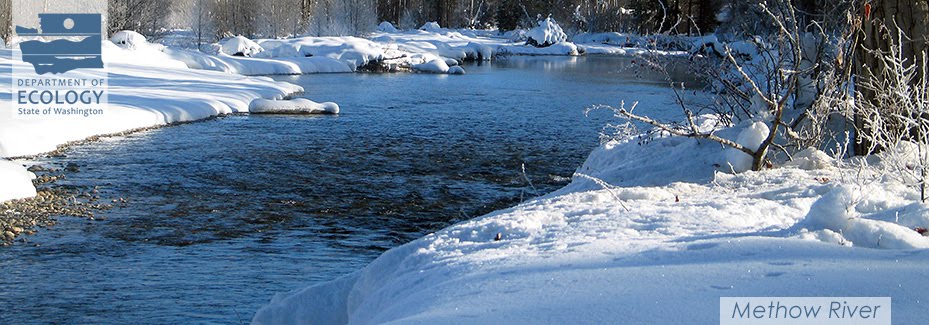by Lynne Geller, communications
and outreach, Water Resources Program
For dams in forested
watersheds, fires, floods and failures can happen, and happen quickly. Ecology’s
Dam Safety Office (DSO) is getting the word out about the potential impacts of
wildfires on dams, especially if heavy rains follow. As a dam owner, you are
responsible for the proper care and management of your dam. We all have a stake
in dams functioning properly and safely. And wildfires in our state are on the
rise.
Wildfires can damage the
surface of a dam or spillway. Associated facilities, especially wood structures
or plastic pipes, are vulnerable. Fire changes the water conditions of a
watershed, such as how fast water can move, and how vulnerable the land is to
erosion.
Heavy rains in a burned
area can create an additional set of problems. These include more and faster
runoff; large amounts of sediment which reduce storage capacity; and mudslides
that can block spillways and access to the dam.
If there is a wildfire at
or near your dam, or within the watershed where your dam is located, you must
promptly evaluate the situation. Determine what, if anything, is needed to keep
the dam and surrounding area safe, and take necessary action. This is your
responsibility as a dam owner.
Pay close attention to rain predictions and events
It is important for dam
owners to remember that water moves differently through a burned watershed than
it does through an undamaged one. Rainfall events that previously would have
been considered rather minor can now be very damaging.
If rain is forecast,
especially heavy rain or flash flooding, you must closely monitor actual rainfall
near your dam or in your watershed.
If rain actually occurs,
especially heavy rain or thunderstorms, you must closely monitor actual runoff
and spillway performance. Be prepared to implement your emergency action plan
in case spillway capacity is exceeded.
Be prepared: the importance of planning
Although only owners of
dams classified as significant hazard and high hazard are legally required to have Emergency Action Plans (EAPs) in place,
all dam owners should have plans for emergency situations. Being aware of the
potential impacts of wildfires is an important part of that planning.
Our DSO strongly
recommends that you have a watershed assessment by a qualified consultant,
especially if there is a risk of harm to people and property downstream. The
Dam Safety Office just released burned
watershed guidance for use by qualified engineers or engineering
hydrologists to assess dam safety in the event a forest fire occurs at or near
the site of a specific dam.
The problem isn’t going away
Wildfires in our state are
on the rise. In 2014, wildfires burned six times as many acres as usual:
363,000 acres. Already this year, three have been more than 750 unintended
fires that have burned 74,000 acres. Compare this to the average amount of
acres burned in each of the past five years: 61,000. Rising temperatures, more
and longer lasting heat waves, and drier summers are expected to contribute to
larger, more severe and more frequent wildfires in the future.
For more information, see Ecology’s
webpage on dams and fires. This page includes links to other resources.

No comments:
Post a Comment